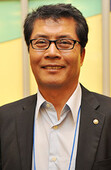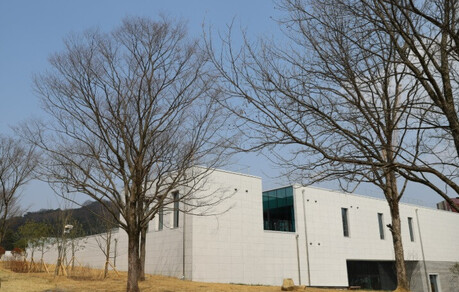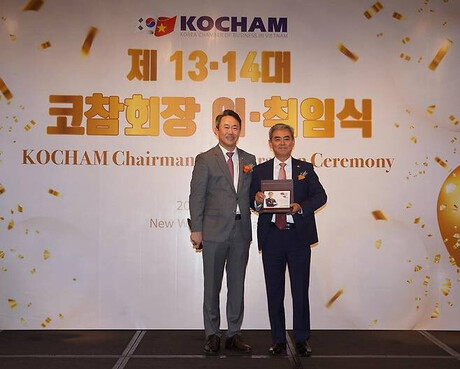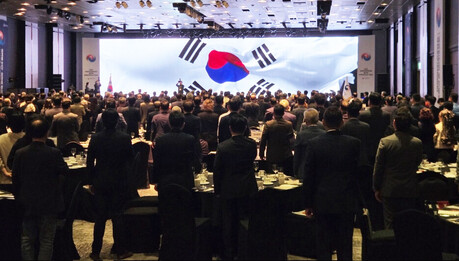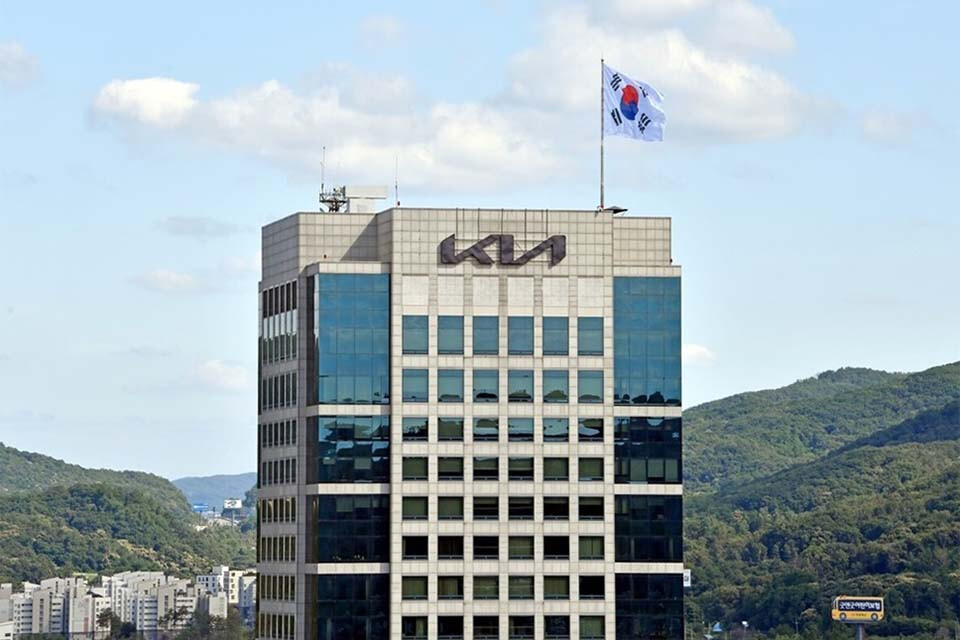
Kostanay, Kazakhstan — Kia Corporation officially opened its second Complete Knock-Down (CKD) joint assembly plant in Kostanay, Kazakhstan, on October 21, 2025, marking a significant step in diversifying its global production network and strengthening its foothold in Central Asia. The strategic move aims to mitigate supply chain risks, enhance responsiveness to regional demand, and solidify the automaker’s position as a global mobility provider.
The new facility represents a total investment of $310 million (approximately 441.8 billion South Korean won) and boasts an annual production capacity of 70,000 units, spanning a vast area of 630,000 square meters. Combined with an existing smaller assembly facility in Kostanay, Kia's total annual capacity in Kazakhstan now reaches 80,000 units.
The launch of the plant commenced with the mass production of the highly popular Sorento SUV, with plans to add the Sportage model to the assembly line starting in 2026. This CKD approach—shipping key components in disassembled form for local assembly—offers substantial advantages, including improved logistics efficiency, exemption from high import tariffs on fully built vehicles, and the ability to react quickly to local market trends.
Kia President Song Ho-sung emphasized the plant's strategic importance, stating, "The Kazakhstan CKD plant is part of Kia's global vision to create sustainable value through customer-centered innovation and electrification."
Kazakhstan, situated at the crossroads of Europe and Asia, is strategically positioned to serve as a crucial logistics hub connecting Asia to the broader European and Central Asian markets. Vehicles assembled at the new facility are slated for export to neighboring countries, including Uzbekistan, Armenia, and Azerbaijan, supporting Kia's goal of building a robust production and export center across Central Asia.
This expansion aligns with Kia's broader strategy of production localization, already in practice through CKD operations in regions such as Algeria, Uzbekistan, and Ecuador, which function as key export hubs to Africa, Central Asia, and South America, respectively. By deepening its local footprint, Kia not only secures a more resilient global supply chain but also contributes to local employment and the development of the regional auto parts industry, fostering a strong image as a committed global enterprise. Kia intends to expand its production models at the plant based on local demand and the progression of its localization efforts.
[Copyright (c) Global Economic Times. All Rights Reserved.]















